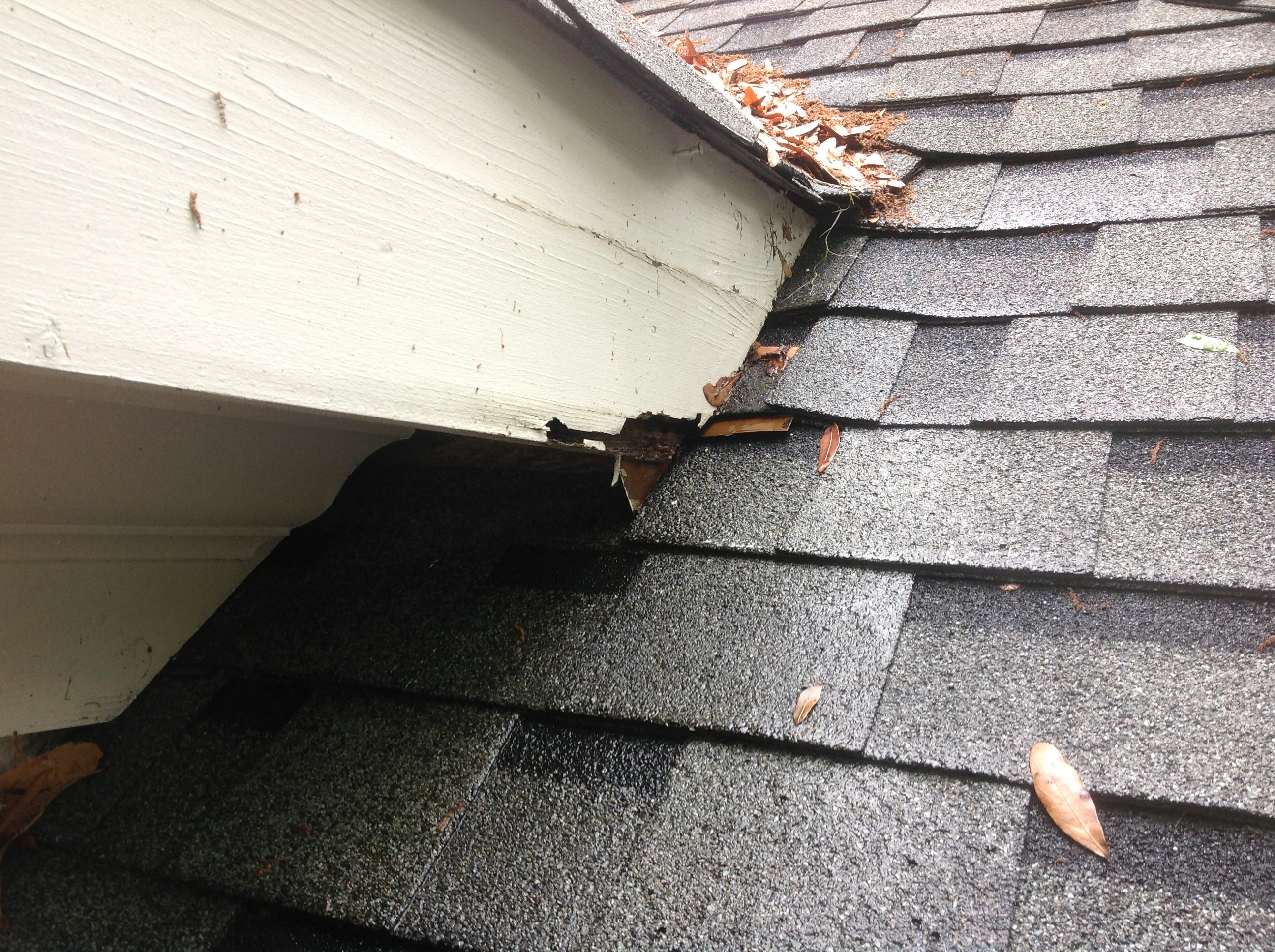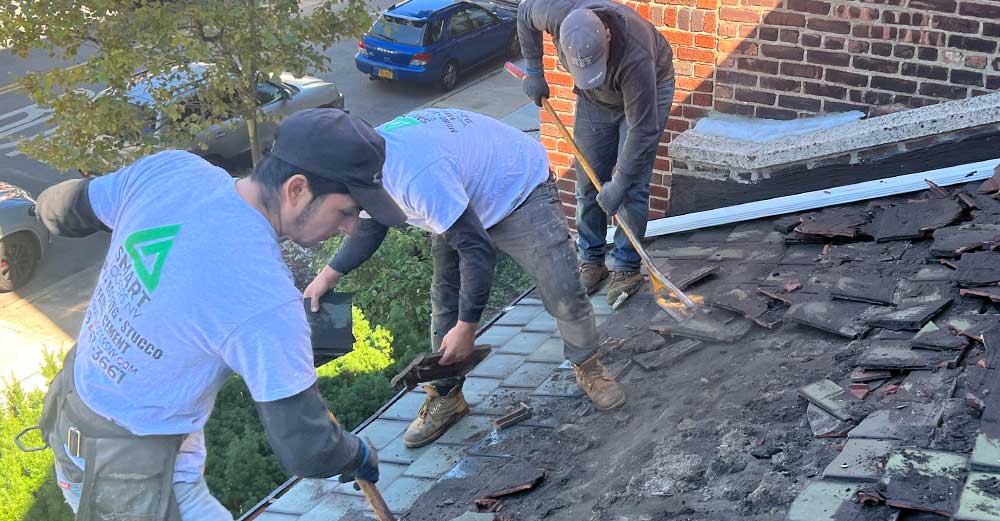Roofing Oahu: Quality Services for Resilient Roofs in Oahu
Roofing Oahu: Quality Services for Resilient Roofs in Oahu
Blog Article
Recognizing the Different Types of Roofings: A Comprehensive Guide for Homeowners
With a variety of choices-- varying from the standard gable to the modern level-- each kind provides one-of-a-kind benefits and obstacles that ought to straighten with the property owner's particular requirements and ecological factors to consider. As we check out the complexities of different roof types, it comes to be apparent that one dimension does not fit all; the best option might stun you.
Saddleback Roof
Saddleback roofs, characterized by their triangular shape, are amongst the most popular roof covering styles as a result of their simplicity and effectiveness in shedding water and snow. This style includes two sloping sides that fulfill at a ridge, permitting effective drain and minimizing the danger of water build-up. The high pitch commonly associated with gable roofings enhances their ability to deal with heavy precipitation, making them ideal for various climates.
Along with their useful advantages, saddleback roofs use aesthetic convenience. They can be adapted to different architectural styles, from conventional to modern-day homes. The layout can likewise accommodate additional functions such as dormer windows, which boost all-natural light and ventilation in the attic room room.
Additionally, saddleback roofs give enough room for insulation, contributing to power performance. Homeowners can pick from a selection of roof products, including asphalt shingles, metal, and ceramic tiles, additionally boosting personalization options.
In spite of their benefits, saddleback roofs may need extra assistance in locations prone to high winds or heavy snowfall. Generally, the gable roof remains a popular selection due to its blend of performance, resilience, and visual allure.
Flat Roofs
Flat roofs are typically identified for their minimalist design and functional applications, particularly in industrial and commercial setups (oahu roofing). These roofs include a straight or nearly horizontal surface area, which allows for simple construction and functional area utilization. While they may lack the aesthetic appeal of pitched roofing systems, level roofings provide many advantages, particularly in city atmospheres where making best use of room is important
Among the primary benefits of flat roofing systems is their availability. Homeowners can use the roofing space for numerous objectives, such as roof yards, terraces, or photovoltaic panel installments. Additionally, level roofing systems are normally a lot more cost-effective to preserve and install contrasted to their sloped counterparts, as they need less products and labor.
Common products utilized for flat roofing systems include built-up roofing (BUR), customized asphalt, and single-ply membranes, each offering distinctive benefits. Generally, level roof coverings serve as a useful and versatile selection for lots of home owners and companies alike.
Hip Roofs
Hip roofing systems are defined by their sloped sides that merge at the top, forming a ridge. This layout stands out from gable roof coverings, as all 4 sides of a hip roof incline downwards toward the walls, supplying a more stable structure. The angle of the inclines can differ, enabling versatility in architectural visual appeals and capability.
One of the primary advantages of hip roofings is their capability to endure heavy winds and adverse climate condition. The sloped surface areas make it possible for far better water drainage, reducing the risk of leakages and water damage. In addition, hip roof coverings use increased attic room space, which can be used for storage space or perhaps exchanged habitable areas.
Nonetheless, building a hip roofing can be more pricey and complex than easier roof covering types, such as gable roofs. The extra product and labor associated with producing the inclines and guaranteeing correct architectural integrity can cause greater expenditures. Despite these disadvantages, numerous home owners favor hip roof coverings for their resilience, aesthetic allure, and capacity for Our site energy efficiency.
Mansard Roofs
Mansard roofing systems, usually acknowledged by their one-of-a-kind four-sided layout, feature two inclines on each side, with the reduced slope being steeper than the top. This building style, stemming from France in the 17th century, is not just visually appealing yet useful, as it maximizes the functional room in the top floors of a building. The steep reduced slope enables more headroom, making it a suitable option for attics or loft spaces, which can be converted right into living areas.
Mansard roofs are defined by their flexibility, accommodating different architectural styles, from typical to modern. They can be built with different products, consisting of asphalt tiles, slate, or metal, providing homeowners with a variety of alternatives to match their preferences and budget plans. Additionally, the design permits for the combination of dormer home windows, boosting all-natural light and air flow in the top levels.
However, it is important to think about the possible disadvantages. Mansard roofings might call for more pop over to these guys upkeep due to the intricacy of their style, and their high slopes can be challenging for snow and rain runoff. Generally, mansard roof coverings combine beauty with functionality, making them a preferred option among homeowners looking for unique building features.
Lost Roof Coverings
As house owners increasingly look for simplicity and functionality in their architectural layouts, shed roofs have actually emerged as a prominent selection. Defined by a single sloping aircraft, a shed roofing system offers a minimalist aesthetic that complements numerous home designs, from modern to rustic.
Among the main benefits of a shed roof covering is its straightforward building and construction, which commonly equates to reduce labor and material expenses. This style permits effective water drain, decreasing the risk of leaks and water damage. Furthermore, the vertical slope offers enough space for skylights, enhancing natural light within the inside.
Shed roofings additionally provide flexibility in regards to use. They can be effectively integrated right into additions, garages, or exterior structures like sheds and pavilions. Furthermore, this roofing design can fit various roof covering materials, consisting of metal, asphalt shingles, and even eco-friendly roof coverings, straightening with environment-friendly initiatives.
However, it is necessary to consider local environment conditions, as heavy snow lots might demand modifications to the roof covering's angle or framework. Overall, lost roof coverings provide a functional and visually pleasing choice for property owners looking to maximize performance without compromising style.
Verdict


Gable roofs, characterized by their triangular shape, are amongst the most preferred roofing styles due to their simpleness and effectiveness in shedding water and snow. oahu roofing. The steep pitch typically connected with gable roofings boosts their capability to handle hefty precipitation, making them ideal for different climates
While they might lack the visual appeal of pitched roof coverings, level roofings provide countless advantages, particularly in metropolitan atmospheres where optimizing space is essential.

Report this page